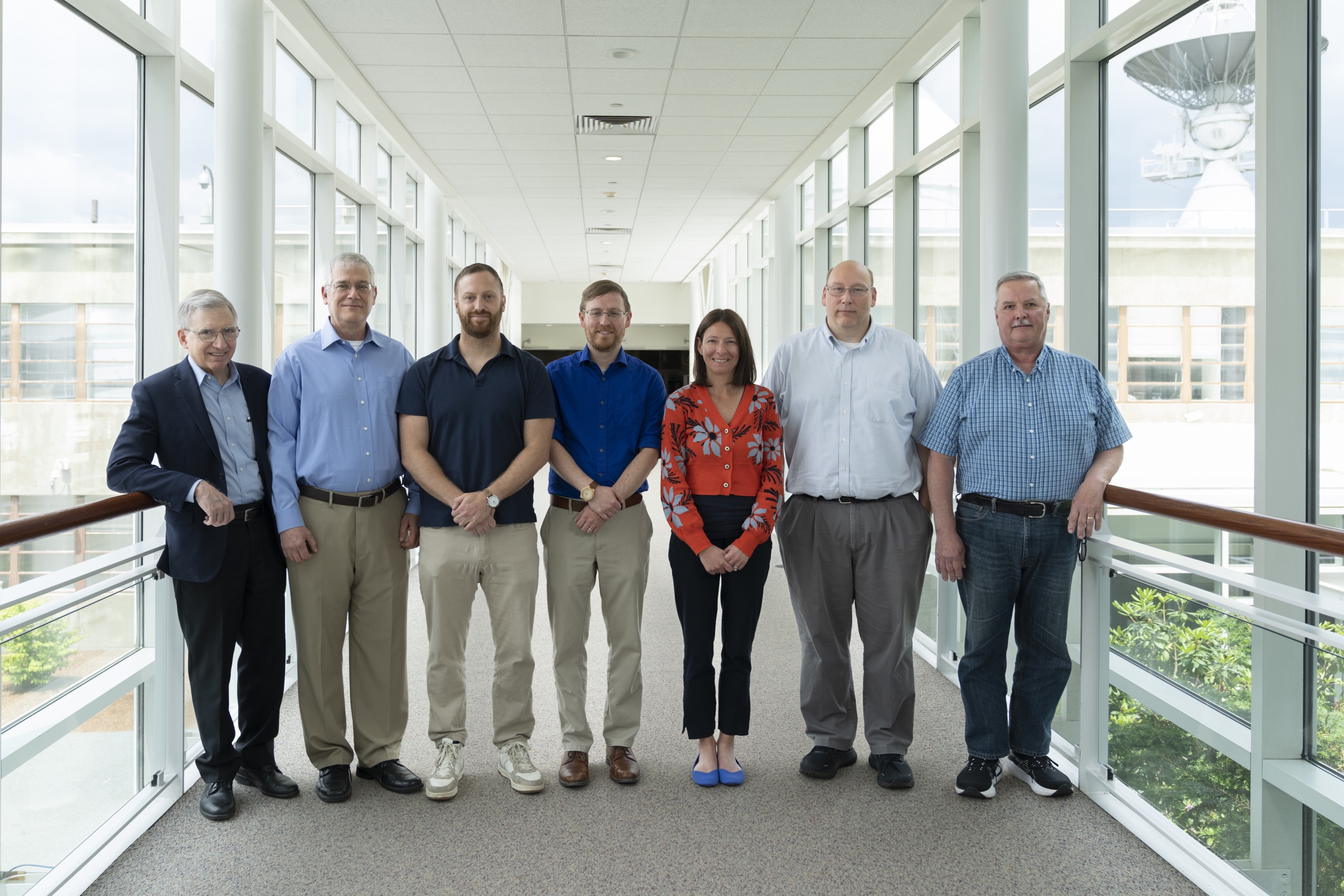"Pangea" study aims to modernize national test and training infrastructure
Whenever the United States develops a new system — say, a plane — this system needs to be tested and validated to ensure all of its components are working as intended. That's where the U.S. national test and training infrastructure comes into play. Across the country are many different ranges focused on assessing the systems being developed domestically.
Since 2013, under sponsorship of U.S. Air Force Test and Evaluation, MIT Lincoln Laboratory has conducted several studies to improve the test and training infrastructure at particular ranges. These studies have guided government acquisitions of future ground-based systems, generated modernization approaches for airborne platforms, helped set requirements for next-generation radar programs, and informed test range personnel and security procedures. Earlier this year, the Laboratory team embarked on their latest study, called Pangea. While the previous studies considered one range at a time, Pangea seeks to provide a coherent modernization strategy across the Southwestern U.S. test and training ranges.
"We're leveraging our knowledge of desired test capabilities and system availabilities generated through a decade of collaborative studies and applying systems analysis and modeling backed by testing to recommend a unified modernization plan," says Andrew Daigle, technical staff in the Tactical Defense Systems Group, part of the Laboratory's Tactical Systems R&D area. "Modernizing the ranges in a coherent fashion involves taking into account different government organizations and figuring out who is buying what systems, how many systems are needed, and where the systems are going. The goal is to create a more network-centric test and training infrastructure."

Traditionally, each range has followed their own methods of acquiring systems, without necessarily talking to their counterparts. Pangea aims to help test ranges ensure they are purchasing systems well-suited to their needs and that facilitate integration with other ranges. To support integration, the Laboratory team is building in the need for open architectures in government system acquisitions. If ranges utilize similar systems with the same architectures, test and training cases can easily be ported from one range to another. For example, consider a large test range with ample resources to develop the software modes for an acquired radar. A small test range with limited resources could purchase the same radar as the large range and leverage that range's software modes instead of having to develop their own.
As Daigle explained, one of the big questions in this modernization effort is how much test and training can be done in open air versus simulation. Recently, high-level government officials have pushed to move testing into more simulated environments, which provide significant cost savings, are much easier to control, and do not pose concerns of adversarial prying eyes. However, sometimes a component can work correctly in a simulated environment but not in the real world, where physics-based effects such as electromagnetic spectrum congestion are present.
"We're trying to come up with a unified approach going forward between open-air ranges and simulators," Daigle notes. "It's too expensive to test everything in open air, but you can learn valuable lessons from some individual testing and apply these lessons to simulators to increase their accuracy."
The Pangea study first considered acquisitions of ground-based radar systems across the frequency spectrum. The Laboratory team utilized their knowledge of what radars are being developed in each band to ensure the ranges are looking at the cutting edge and acquiring systems that will be valuable not only today but well into the future. Through modeling tools, the team identified where these radars should potentially be sited and what types of capabilities the radars should have to best test current developmental programs. In the next phase of the study, the team will explore aspects of connectivity between the ranges, such as networking. This work will consider the physical limitations and the regulatory limitations that arise when dealing with expansive regions that transcend multiple states, each with their own rules for airspace and spectrum usage.
"Instead of recommending that a particular range buy this or that system, as we did in our previous studies, we're building up government acquisition programs at a large scale," Daigle says. "Our goal is to impact the funding cycle, ensuring funds are allocated appropriately to make acquisitions that test and training ranges need."
The Laboratory team recently briefed senior government leaders on their initial recommended plan, which was well-received. Pangea is expected to conclude in the fall, and the final outputs of the study are intended to impact the next funding cycle, to occur in February 2024. In the future, the team may look beyond ground-based radar test infrastructure to cover infrared, space, or other domains.
"This range modernization concept could enable significant change to the way we utilize our national test infrastructure," says Marc Viera, head of the Tactical Systems R&D area.
Inquiries: contact Ariana Tantillo.